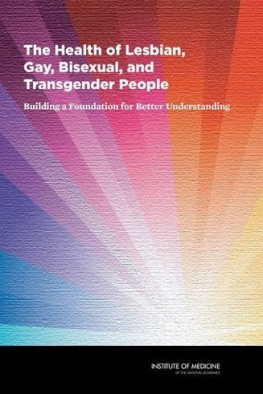Smashing the Stereotypes: What Does It Mean to Be Gay, Lesbian, Bisexual, or Transgender?
The Gallups Guide to Modern Gay, Lesbian, Series List& Transgender Lifestyle
BEING GAY, STAYING HEALTHY
COMING OUT:
TELLING FAMILY AND FRIENDS
FEELING WRONG IN YOUR OWN BODY:
UNDERSTANDING WHAT IT MEANS TO BE TRANSGENDER
GAY AND LESBIAN ROLE MODELS
GAY BELIEVERS:
HOMOSEXUALITY AND RELIGION
GAY ISSUES AND POLITICS:
MARRIAGE, THE MILITARY, & WORK PLACE DISCRIMINATION
GAYS AND MENTAL HEALTH:
FIGHTING DEPRESSION, SAYING NO TO SUICIDE
HOMOPHOBIA:
FROM SOCIAL STIGMA TO HATE CRIMES
HOMOSEXUALITY AROUND THE WORLD:
SAFE HAVENS, CULTURAL CHALLENGES
A NEW GENERATION OF HOMOSEXUALITY:
MODERN TRENDS IN GAY & LESBIAN COMMUNITIES
SMASHING THE STEREOTYPES:
WHAT DOES IT MEAN TO BE GAY,
LESBIAN, BISEXUAL, OR TRANSGENDER?
STATISTICAL TIMELINE AND OVERVIEW OF GAY LIFE
WHAT CAUSES SEXUAL ORIENTATION?
GENETICS, BIOLOGY, PSYCHOLOGY
GAY PEOPLE OF COLOR:
FACING PREJUDICES, FORGING IDENTITIES
GAY CHARACTERS IN THEATER, MOVIES, AND TELEVISION:
NEW ROLES, NEW ATTITUDES
Smashing the Stereotypes: What Does It Mean to Be Gay, Lesbian, Bisexual, or Transgender?
by Jaime A. Seba
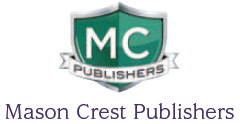
Copyright 2011 by Mason Crest Publishers. All rights reserved. No part of this publication may be reproduced or transmitted in any form or by any means, electronic or mechanical, including photocopying, recording, taping, or any information storage and retrieval system, without permission from the publisher.
MASON CREST PUBLISHERS INC.
370 Reed Road
Broomall, Pennsylvania 19008
(866)MCP-BOOK (toll free)
www.masoncrest.com
First Printing
9 8 7 6 5 4 3 2 1
Library of Congress Cataloging-in-Publication Data
Seba, Jaime.
Smashing the stereotypes : what does it mean to be gay, lesbian, bisexual, or transgender? / by Jaime A. Seba.
p. cm. (The Gallup's guide to modern gay, lesbian, & transgender lifestyle)
Includes bibliographical references and index.
ISBN 978-1-4222-1755-9 ISBN 978-1-4222-1758-0 (series)
ISBN 978-1-4222-1874-7 (pbk.) ISBN 978-1-4222-1863-1 (pbk. series)
1. Gay menJuvenile literature. 2. LesbiansJuvenile literature. 3. Bisexuals Juvenile literature. 4. Transgender peopleJuvenile literature. I. Title.
HQ76.S43 2011
306.768dc22
2010026503
Produced by Harding House Publishing Service, Inc.
www.hardinghousepages.com
Interior design by MK Bassett-Harvey.
Cover design by Torque Advertising + Design.
Printed in the USA by Bang Printing.
PICTURE CREDITS
Aplet, Mark; Fotolia: p.
Arrow Studio, Fotolia: p.
Centers for Disease Control: p.
Creative Commons: p.
Francis, Glenn;
Judy Tejero Photography; Fotolia: p.
Kokkinis, Konstantinos; Fotolia: p.
Nastynegs, Fotolia: p.
NET Television: p.
Nguyen, Marie-Lan; Creative Commons: p.
1000 Demonios, Fotolia: p.
PR Photos: p.
Thelmadatter, Creative Commons: p.
Wilson, Bill; Creative Commons: p.
Contents
We are both individuals and community members. Our differences define individuality; our commonalities create a community. Some differences, like the ability to run swiftly or to speak confidently, can make an individual stand out in a way that is viewed as beneficial by a community, while the group may frown upon others. Some of those differences may be difficult to hide (like skin color or physical disability), while others can be hidden (like religious views or sexual orientation). Moreover, what some communities or cultures deem as desirable differences, like thinness, is a negative quality in other contemporary communities. This is certainly the case with sexual orientation and gender identity, as explained in Homosexuality Around the World, one of the volumes in this book series.
Often, there is a tension between the individual (individual rights) and the community (common good). This is easily visible in everyday matters like the right to own land versus the common good of building roads. These cases sometimes result in community controversy and often are adjudicated by the courts.
An even more basic right than property ownership, however, is ones gender and sexuality. Does the right of gender expression trump the concerns and fears of a community or a family or a school? Feeling Wrong in Your Own Body, as the author of that volume suggests, means confronting, in the most personal way, the tension between individuality and community. And, while a community, family, and school have the right (and obligation) to protect its children, does the notion of property rights extend to controlling young adults choice as to how they express themselves in terms of gender or sexuality?
Changes in how a community (or a majority of the community) thinks about an individual right or responsibility often precedes changes in the law enacted by legislatures or decided by courts. And for these changes to occur, individuals (sometimes working in small groups) often defied popular opinion, political pressure, or religious beliefs. Some of these trends are discussed in A New Generation of Homosexuality. Every generation (including yours!) stands on the accomplishments of our ancestors and in Gay and Lesbian Role Models youll be reading about some of them.
One of the most pernicious aspects of discrimination on the basis of sexual orientation is that homosexuality is a stigma that can be hidden (see the volume about Homophobia). While some of my generation (I was your age in the early 1960s) think that life is so much easier being queer in the age of the Internet, Gay-Straight Alliances, and Ellen, in reality, being different in areas where difference matters is always difficult. Coming Out, as described in the volume of the same title, is always challengingfor both those who choose to come out and for the friends and family they trust with what was once a hidden truth. Being healthy means being honestat least to yourself. Having supportive friends and family is most important, as explained in Being Gay, Staying Healthy.
Sometimes we create our own familiespersons bound together by love and identity but not by name or bloodline. This is quite common in gay communities today as it was several generations ago. Forming families or small communities based on rejection by the larger community can also be a double-edged sword. While these can be positive, they may also turn into prisons of conformity. Does being lesbian, for example, mean everyone has short hair, hates men, and drives (or rides on) a motorcycle? What Does It Mean to Be Gay, Lesbian, Bisexual, or Transgender? smashes these and other stereotypes.
Another common misconception is that all gay people are alikea classic example of a stereotypical statement. We may be drawn together because of a common prejudice or oppression, but we should not forfeit our individuality for the sake of the safety of a common identity, which is one of the challenges shown in Gay People of Color: Facing Prejudices, Forging Identities.
Coming out to who you are is just as important as having a group or family within which to safely come out. Becoming knowledgeable about these issues (through the books in this series and the other resources to which they will lead), feeling good about yourself, behaving safely, actively listening to others and to your inner spiritall this will allow you to fulfill your promise and potential.
James T. Sears, PhD
Consultant
Next page
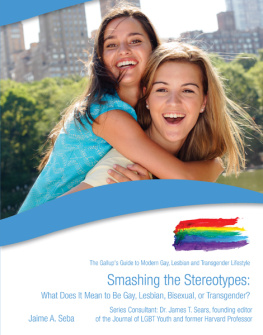
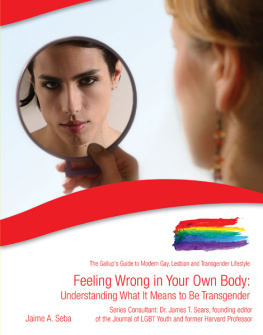


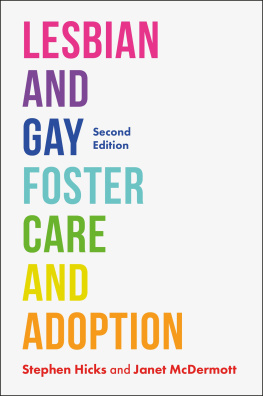

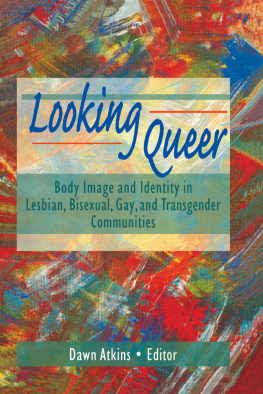
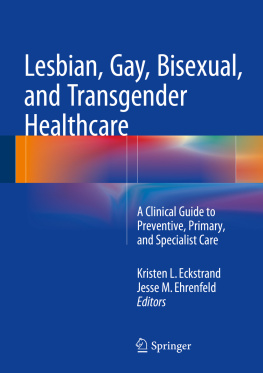
![Chuck Stewart - Lesbian, Gay, Bisexual, and Transgender Americans at Risk [3 Volumes]: Problems and Solutions](/uploads/posts/book/129596/thumbs/chuck-stewart-lesbian-gay-bisexual-and.jpg)
